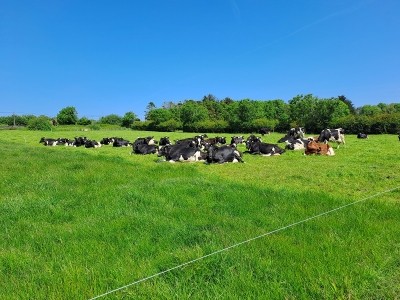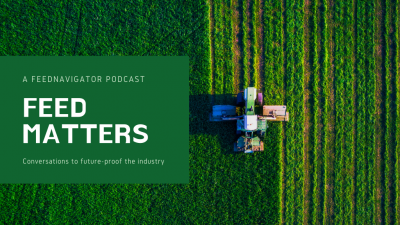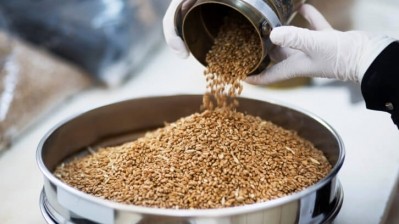Number 8 Bio engineers yeast to rapidly produce methane emissions inhibitors
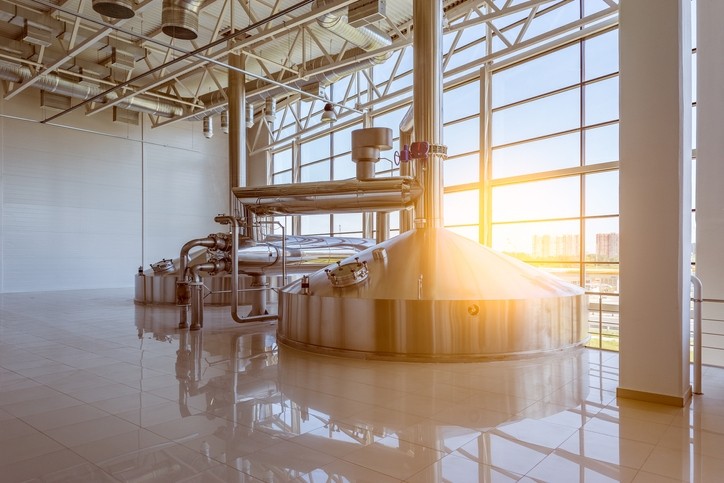
The synthetic biology firm says it can rapidly produce key compounds that block livestock methane production.
In June, the Sydney based company, which was only founded a year ago, announced that it had raised A$1.8m ($1.2m) in pre-seed funding. Backers included Main Sequence, Possible Ventures, UNSW Founders, and Bioplatforms Australia.
Co-founders, Dr Tom Williams and Dr Alex Carpenter, two experienced synthetic biologists who worked together as academic researchers before setting up Number 8 Bio, said the capital will be used to accelerate the startup’s R&D work, expand its lab’s bioengineering capabilities, and pave the way for commercialization.
While acknowledging the power of seaweed to reduce livestock methane, they noted scaling production is tough. To become climate smart, farmers need rapid scalable solutions. Number 8 Bio engineers yeast to produce bromoform and other methane inhibitors in fermentation tanks. This approach unlocks seaweed’s benefits without the scaling pitfalls, said the co-founders.
“There was a strong research focus over a number of years here in Australia in relation to using seaweed to tackle methane emissions. The data produced blew everything else out of the water, with 95-98% methane emissions reduction seen, along with good, albeit intermittent, feed conversion efficiency increases. But as yeast metabolic engineers, as synthetic biologists, immediately we were able to see that culturing seaweed, growing it on the scale necessary to make enough to feed the majority of the world's cattle was going to be a tall order. It is not the easiest thing to grow. It grows quite slowly.
“It is a classic SynBio play to take something that works well in nature but is inefficient and instead transfer it into something like yeast [derived from sugarcane] that can be grown within a couple of days. That was the impetus behind [Number 8 Bio’s] technology,” Carpenter told us.
The technology involves an enzyme from seaweed being expressed in a scalable microbe – yeast. The yeast then produces the same group of active molecules that seaweed comprises.
“Ten years ago, the process would have involved the engineers extracting DNA from the seaweed, and inserting into the yeast and then have it make the protein but, nowadays, you order the DNA online, you have it synthesized chemically by a company, they send it to you in the mail, and you boot it to life in your organism of choice, which, in our case, is yeast,” explained Williams.
Cost-effective production
The startup's production process is cost-effective as there is no real downstream processing involved.
“With most other precision fermentation or bioengineering [processes], the teams are trying to secrete a protein of interest, or they are trying to make a chemical, a biofuel or a pharmaceutical. And that [model] is inherently costly because of the downstream purification [required]. In contrast, our active molecules are trapped within the yeast, in the cell biomass, which means that our downstream process is really [straightforward],” commented Williams.
The startup concentrates and dries the yeast to create the final product; it can be mixed into the cow’s feed by the farmer.
“For us being able to produce the active molecules in a feedstock that livestock animals already eat and not having to purify it makes the process so much easier,” added Carpenter.
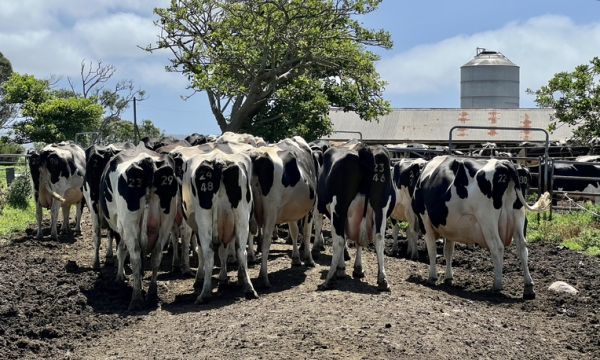
Global ambitions
The scales the company can achieve with its model are potentially enormous.
“Yeast is growing all around the world already at multimillion liter scale as part of bioethanol, bakery, and brewing industries. So, there is already existing infrastructure and know-how to achieve this. We estimate that a single large scale fermentation facility can make enough doses to service millions of animals per year,” continued Williams.
In terms of where a fermentation site would be located, it would be beneficial to have it close to where there is a good supply of biomass feedstock, noted Carpenter. “Somewhere where there is lots of sugarcane or corn grown. We are looking at Queensland in Australia or the American Midwest.”
Time-dependent challenge
The scientists anticipate a dual commercial model for the technology, pushing forward themselves with commercialization, production, and distribution in markets where it makes sense and licensing out the technology in markets that are trickier to navigate, said Carpenter.
“We recognize that there are a limited number of years for us to do this. We don’t want to be sitting on top of this, and not having it implemented from a climate perspective, we don't have the luxury of time. So, we will commercialize where we can and license out where we can’t, and secure a royalty on revenue."
The startup is also exploring the potential of carbon dioxide or methane as a potential feedstock for its process instead of sugar. Such feedstocks would be more sustainable and more affordable than sugar, said the co-founders.
And animal trials are on the horizon. “We have validated the production of these molecules at meaningful levels in the lab. And because there is such a long and rich history of the use of these molecules in seaweed, we do have reasonable confidence that they will work once we do go to animal trials,” reported Williams.
Feed efficiency gains
The company has been engaging with consultants on the regulatory side and has already developed close relationships with farmers and nutritionists.
“We will work right across the supply chain to lock in value wherever we can and that will involve processors and retailers in terms of climate friendly labelling, and it will also involve carbon credits right across the chain.
“But we will also target the farmer and try to deliver as much value to them as we can through FCR increases,” stressed Williams.
“There is a great wealth of data from the research done on seaweed and similar types of additives that show the production of methane is a very inefficient process for the cow, and, by turning it off, you can have an increase in FCR - that would boost the dollar value that the farmer is getting from using our product,” reported Carpenter.
Targeting pasture-based systems
The product is suitable for application in both dairy and beef production systems.
“In terms of reaching pasture-raised animals, there are different ways to do that. One way is through lick blocks – we predict that our product will be sufficiently low in terms of dose level to allow it to be included in those. Another way would be through water dosing, for us to produce a water-soluble version of the product. There are a lot of animals on pasture, and they are a big part of the problem. Feedlots and intensive dairy are the easiest systems with which to start,” noted Williams.
Australia will be the launch market. “It is the most favorable from a regulatory perspective. And people here are, perhaps, more climate conscious than they are elsewhere in the world at the moment. There is farmer buy-in. So, it is the perfect place to start,” said Carpenter.
Methane emissions reduction is not the only focus of these synthetic biology experts. They intend for their platform to be used to eventually engineer a range of different feed additives from enzymes to lipids to vitamins and amino acids. "It is a nutritional delivery system."

